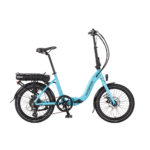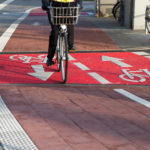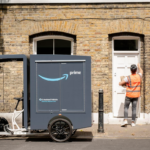Hello everyone.
I am attempting my first electric bike build. I have no expertise so have learned as much as possible from this forum, so thanks!
I have bought and received Q75 and Q85 front hub motor kits and I have ordered a 5Ah lifepo4 battery separately, which I'll hopefully receive in 2 weeks.
Maybe a stupid question, but the hub motors seem very stiff forwards (turning the axle by hand) and don't go backwards.
Is this normal?
I asked bmsbattery for installation instructions but they replied 'we don't think its necessary'
Cheers
I am attempting my first electric bike build. I have no expertise so have learned as much as possible from this forum, so thanks!
I have bought and received Q75 and Q85 front hub motor kits and I have ordered a 5Ah lifepo4 battery separately, which I'll hopefully receive in 2 weeks.
Maybe a stupid question, but the hub motors seem very stiff forwards (turning the axle by hand) and don't go backwards.
Is this normal?
I asked bmsbattery for installation instructions but they replied 'we don't think its necessary'
Cheers








